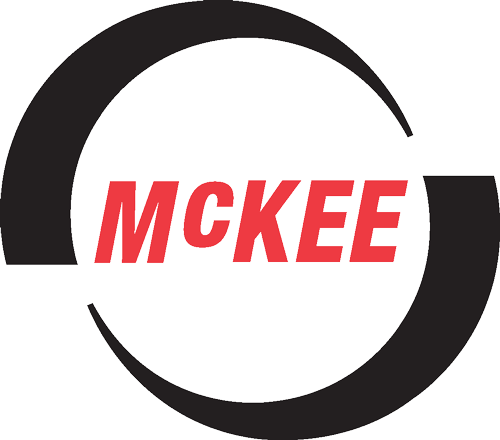Finding the Right Fit for the Job: Drag Conveyors
October 27, 2021 9:00 am Leave your thoughtsIf you’re new to the manufacturing or industrial world, you might not be familiar with drag conveyors. What are drag conveyors, and what do they do? These tools, also known as drag-chain, scraper flight or en masse conveyors, help transport objects across a distance. If you’re used to belt conveyors or roller conveyors, however, these operate a bit differently.
Here’s an overview of drag conveyors and when they might be useful for a job.
What are drag conveyors?
Drag conveyors use chains and troughs to transport bulk material. There are two broad types: flat bottom and round bottom. Flat bottom drag conveyors are best for heavy industrial materials like coal, biomass, cement or aggregates. Round bottom drag conveyors are better for lighter material, such as grain.
Drag conveyors might use single or dual chains, and scraper style flights. This allows them to transport materials, using up to 50 percent less power than similar screw conveyors. They can also be designed to function as a feeder, although this is a less common use for the machine.
Benefits of drag conveyors
Here’s a closer look at some of the biggest benefits of drag conveyors and what they can do for your operation:
- Convey on more than one plane: While many types of conveyors only operate on a horizontal plane, drag conveyors can convey both horizontally and vertically. The same conveyor may be able to move items through multiple horizontal and vertical zones.
- Handles fragile materials well: When you’re transporting fragile materials, you need to make sure they’re not mishandled. Drag conveyors are great for moving delicate objects in a gentle manner, ensuring your product arrives intact at the end of the line.
- Requires less power: When you’re running multiple machines, saving on power is an excellent feature. Drag conveyors operate on less power than comparable screw conveyors, saving you money every time you use them.
- Lighter weight: This conveyor type is also significantly lighter (per foot) than a similar screw conveyor.
- Efficient on an incline: Finally, you can increase your drag conveyor’s efficiency by mounting it on an incline.
Drawbacks to drag conveyors
Of course, a drag conveyor isn’t going to be the right fit for every job. For example, sticky materials will adhere to the chain and troughs, and you can’t mix or blend materials during the conveying process. They’re difficult to make sanitary for food handling, and if you’re transporting extremely abrasive materials, they can damage the chain.
Do you need a drag conveyor?
If your industry handles a lot of free-flowing materials, from grain and livestock feed to fertilizer and coal, a drag conveyor might be right for you. They’re an easy and efficient way to transport materials across your building or elsewhere, require less power and can even handle fragile materials.
However, since they’re not suitable for all materials, you might want to consult with an industrial conveyor expert first. Talk to the team at M.B. McKee Company, Inc. to find out whether a drag conveyor is suitable for your applications, or if you should try another machine.
Categorised in: Uncategorized
This post was written by admin

